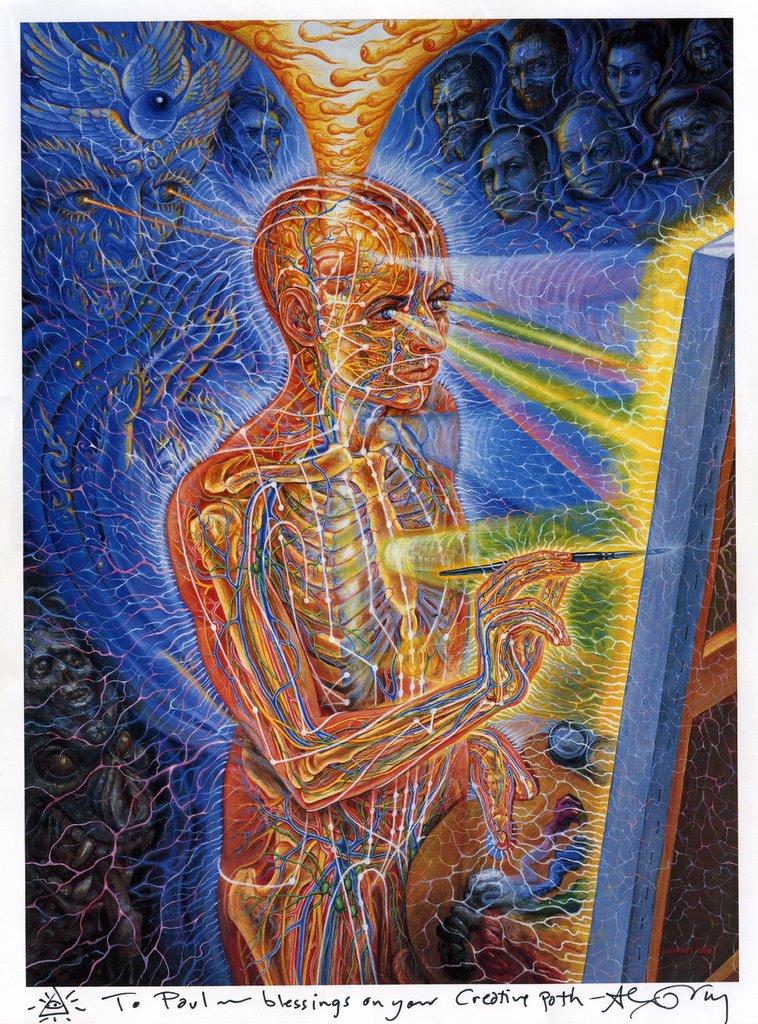Dezassete entidades portuguesas vão ser apoiadas pelo projeto Partis - Práticas Artísticas para a Inclusão Social, da Fundação Calouste Gulbenkian, no valor de 900 mil euros, para a integração social de públicos desfavorecidos ou excluídos.
O programa foi criado este ano para apoiar entidades de todo o país que desenvolvam "projetos de excelência cultural com uma componente de integração social", até um período máximo de três anos, explicou à agência Lusa Hugo Martinez de Seabra, do Programa Gulbenkian de Desenvolvimento Humano.
Dos 17 selecionados fazem parte, por exemplo, um projeto de teatro pelo Conselho Português para os Refugiados, para o Centro e de Acolhimento da Bobadela (Loures), a criação de uma ópera para jovens reclusos da Prisão Escola de Leiria e um festival de música no Bairro da Bela Vista, em Setúbal.
À primeira edição do Partis candidataram-se mais de 200 entidades, um número que superou as expectativas, em particular pela qualidade dos projetos artísticos apresentados e pela dispersão geográfica dos candidatos, afirmou Hugo Martinez de Seabra.
Segundo o responsável, o objetivo da fundação não é ser uma mera financiadora de projetos que juntem a arte a uma componente social, mas sim uma parceira de uma rede de identidade: "Queremos acompanhar e saber o impacto real das práticas propostas".
Os participantes diretos dos 17 projetos selecionados serão crianças e jovens em risco, refugiados, reclusos, sem-abrigo, pessoas com deficiência e necessidades especiais e residentes em "bairros ou territórios sensíveis".
A Associação Filhos de Lumière terá um projeto de cinema para jovens e crianças em risco em Lisboa, na Moita e em Serpa, e a Associação EcoGerminar dedicará um trabalho de teatro, dança e música para pessoas isoladas das aldeias de Juncal do Campo e Freixial do Campo, em Castelo Branco.
Serão ainda apoiadas a Academia de Produtores Culturais, com um projeto para homens sem-abrigo, a Associação Histórias para Pensar, para jovens surdos, a Associação InPulsar, de dança, para jovens de Leiria, a Associação Sombra das Palavras, para jovens residentes em bairros senstíveis de Loures e do Seixal, a Associação Teatro Ibisco, com projetos para Loures e Setúbal, e a Orquestra Geração de Amarante.
A estes juntam-se ainda o Chapitô, o Movimento de Expressão Fotográfica, o Teatrão, o projeto Sou Largo, o Teatro Mala Voadora e a Terrafirme Oficina.
Uma nova edição do concurso deverá abrir em 2015.
Informação de Dinheiro V ivo










 There are several cases in which a patient has recovered speech through the systematic use of rhythmic patterning, leading first to recovery of familiar lyrics and words embedded in songs, then to self-initiation of normal, fluent speech.Image courtesy of Concetta M. Tomaino
There are several cases in which a patient has recovered speech through the systematic use of rhythmic patterning, leading first to recovery of familiar lyrics and words embedded in songs, then to self-initiation of normal, fluent speech.Image courtesy of Concetta M. Tomaino


















